The man once used to sleep under the trees’ shades, and then, with their evolving lifestyle, they came up with the idea of making homes made of stones and mud with thatched roofs, which still exist in many regions around the world. These sturdy, climate-resistant buildings later gave way to concrete homes, glass homes, and other designs. However, the majority of development plans grossly exploited natural resources and were unable to adapt to the changing environment.
This led the architecture sector to experiment with a method of building climate-responsive, environmentally friendly housing using unconventional energy sources. What is climate-responsive architecture, exactly? The term refers to the weather condition of the particular area while emphasizing the provision of a comfortable interior that is naturally energy-efficient.
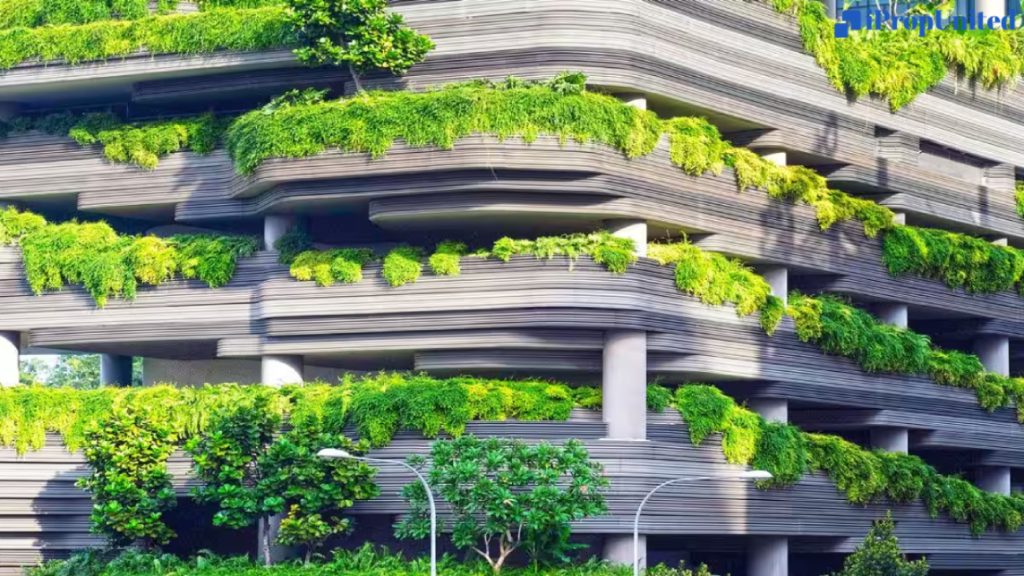
In an effort to lessen the environmental impact of architecture, designers and architects are coming up with plans that will fit in with the climate of the area. Although it seems simple enough, the execution of the idea is difficult. Let’s examine the inner workings, relevance, and components of a climate-responsive architecture in more detail.
The meaning of climate-responsive architecture
Seasons, sun path and solar positions, rainfall, humidity, natural terrain, and climate data are all taken into account while designing a structure that responds to the climate. By doing this, an architect can create structures that are efficient, practical, and responsive to their surroundings.
Climate change has an impact on people, their environment, and architecture, thus, it is crucial to build more sustainably efficient homes that take advantage of the local terrain and have a smaller carbon footprint. This architecture firm’s objective is to offer a cozy atmosphere that uses less artificial energy.
Depending on where a structure is located, a number of factors can influence how much energy it uses. For instance, a significant component affecting the condition of a home is the building envelope, which includes the outside walls, foundations, roof, windows, and doors.
Features of Climate-Responsive Design
Climate data is the primary determining factor for climate-responsive architecture, which approaches building designs with a sustainable perspective that directly adapts to their surroundings. Following are a few characteristics of climate-responsive architecture:
Geographical Location
The geographic location of a home’s construction site is crucial. Climate, soil types, wind speed, and direction, heating degree days, and sun path all have a significant impact on climate-responsive design. Architects can adopt ecologically sustainable strategies by monitoring these factors.
Minimize Building Footprint
A climate-responsive building makes use of multi-functional spaces to reduce the structure’s footprint. These structures, whether residential or commercial, will require less excavation and have larger walls to let in more natural light and improve energy efficiency.
Comfort Standards
This architecture cares not only for the ecosystems but also for the users’ comfort levels. A climate-responsive design reduces the need for artificial energy for cooling and heating while promoting natural ventilation and insulation. In the end, this improved space comfort and decreased energy requirements.
Natural Heat and Ventilation
When it comes to climate-responsive design, the sun, and wind are two of the most significant components. The location should be selected so that it receives the most sunlight during the winter and the least during the summer in order to make it more energy-efficient. In order to accomplish that, it should also have enough natural ventilation. Stack ventilation can reduce the building’s temperature on sweltering summer days.
Importance of Climate-Responsive Architecture
Climate-responsive architecture aims to lessen environmental harm. It improves effectiveness and moderation in the use of resources, including energy and space development. This style of design is now in demand because it builds homes that are sustainable and environmentally friendly.
It is ideal for both residential and commercial buildings and can offer advantages including natural ventilation, cool roofs, and cozy interiors. Moreover, it encourages originality and climatic adaptation.
These structures have gained much importance because their cost-effective, climate-responsive design is achieved by utilizing native materials and traditional architecture. It lowers the building’s reliance on artificial energy while also lowering transportation, material, and maintenance expenses.
Climate-Responsive Architecture examples
The sole objective of the climate-responsive design is to reduce the ecological footprint of the building through energy efficiency, climate adaptation, and environmental preservation. These are examples of climate-responsive architecture worldwide.
Korea’s Papertainer Museum
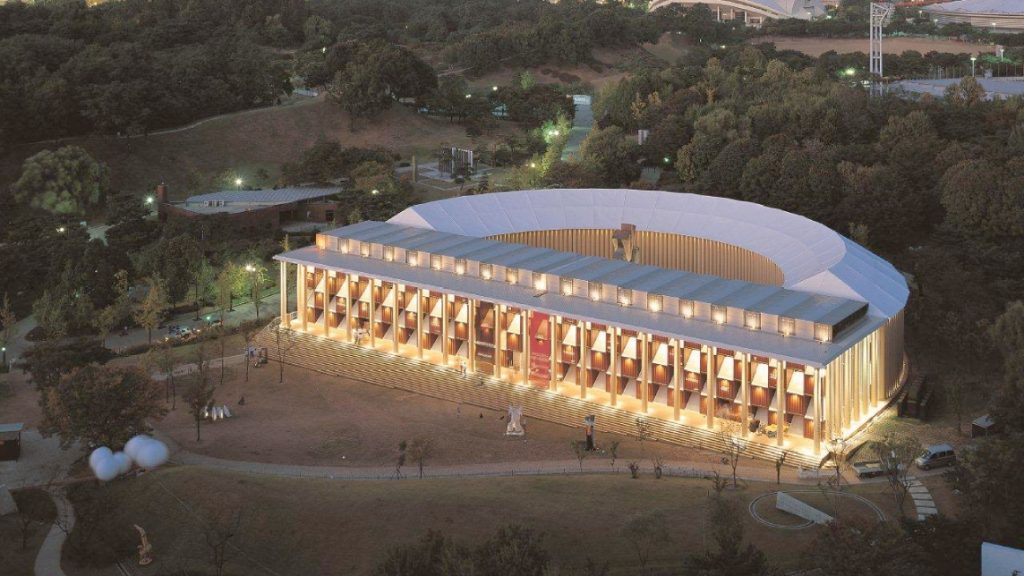
The terms paper and container are cleverly combined to form the name of the Papertainer Museum in Seoul. It is the ideal illustration of creative design and superb use of modest resources. The building is a temporary installation made to mark the founding anniversary of the Korean publication design house. 166 shipping containers and 555 paper tubes were used to construct the 10-meter-high structure. Also, it is transportable and can be disassembled and moved to different places.
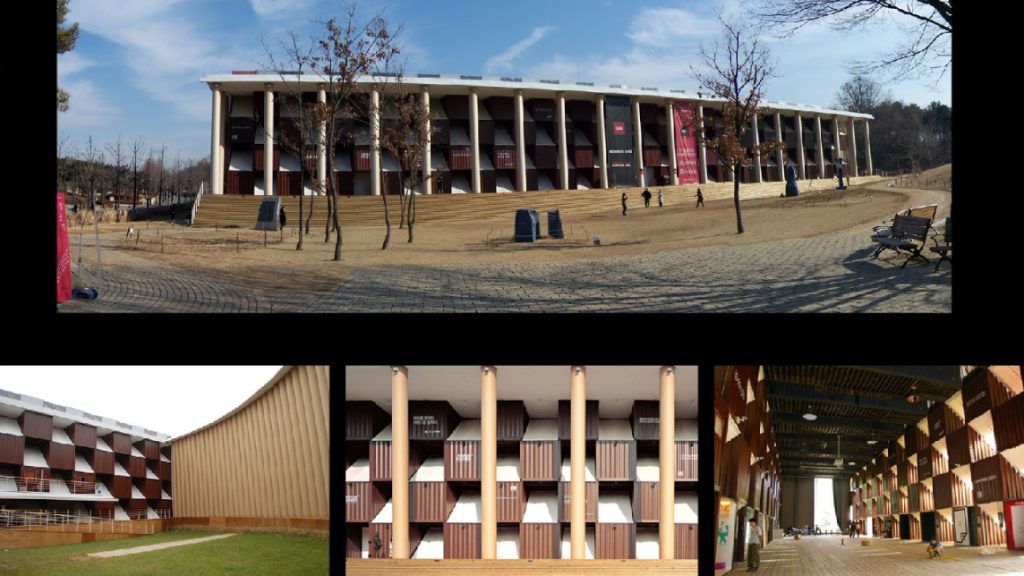
Switzerland’s Chesa Futura

Chesa Futura, which means “the house of the future,” is a three-story apartment complex designed by Norman Foster in Saint Moritz, Switzerland. It features two underground levels for storage, growing plants, and parking.
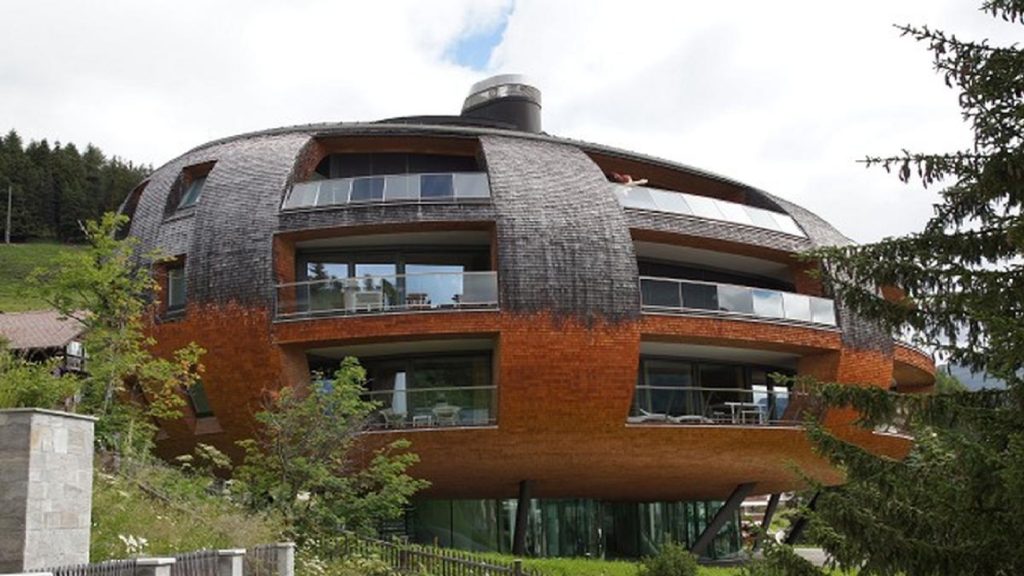
It combines cutting-edge technology with conventional Swiss building methods. The outside of the bubble-shaped building is composed of larch, a local wood that can survive for a century without maintenance. While the northern section is covered to save energy, the southern side is open to sunlight and views. The structure is supported by pilotis, which minimize environmental disruption while protecting the wood structure from excessive ground moisture.
Spain’s Eco Boulevard in Vallecas
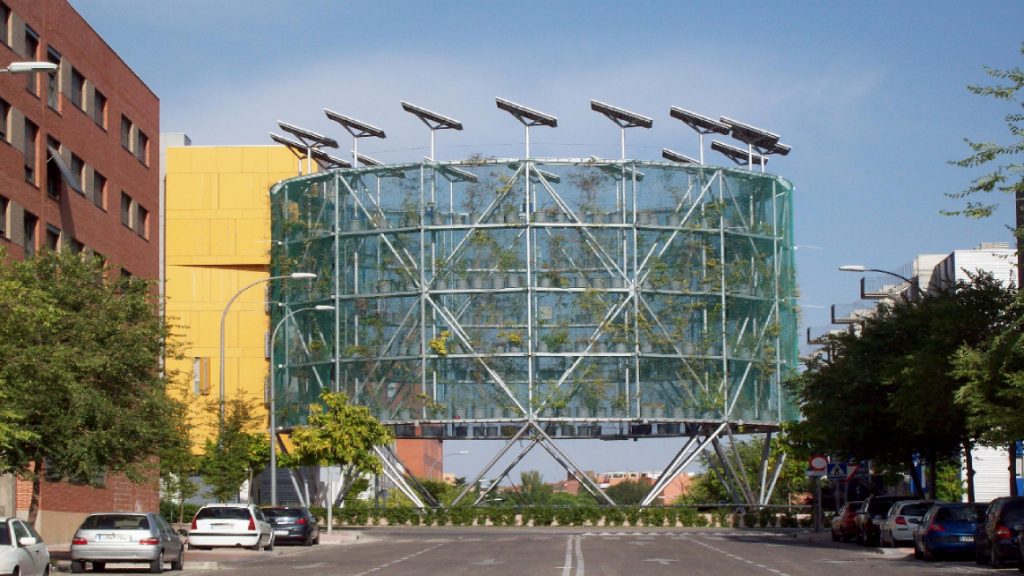
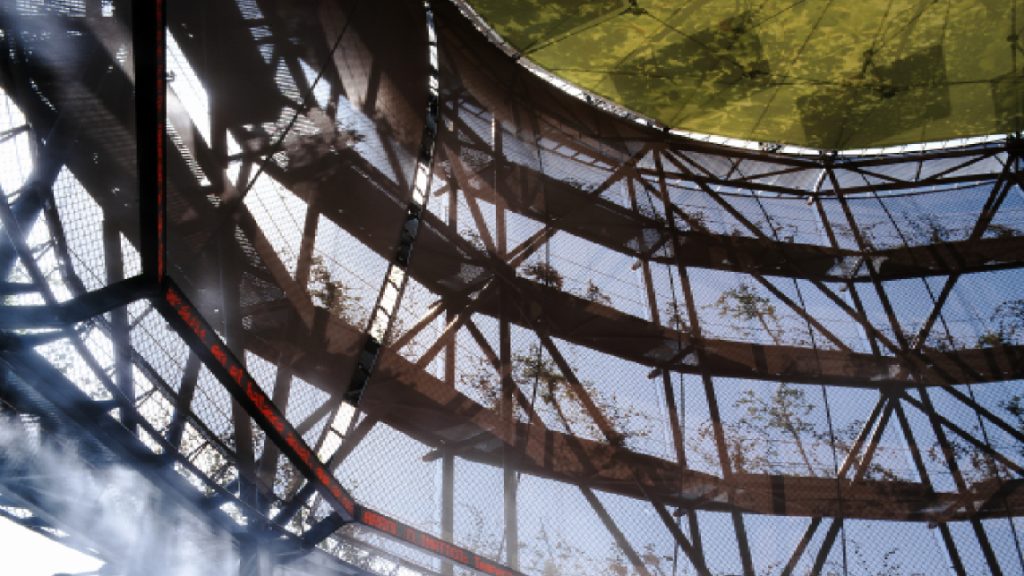
The cylinder-shaped Eco Boulevard in Spain is constructed from recyclable materials and plants, and it is designed to mimic a greenhouse system that lowers the temperature by up to 10 degrees. Urban Ecosystem is the designer of this distinctive climate-responsive architecture. It may be transported to other sites with comparable climates for installation because it is a portable structure. It can also be put in locations where bioclimatic adaptations need to be reactivated.
Spain’s Caixa Forum Vertical Garden
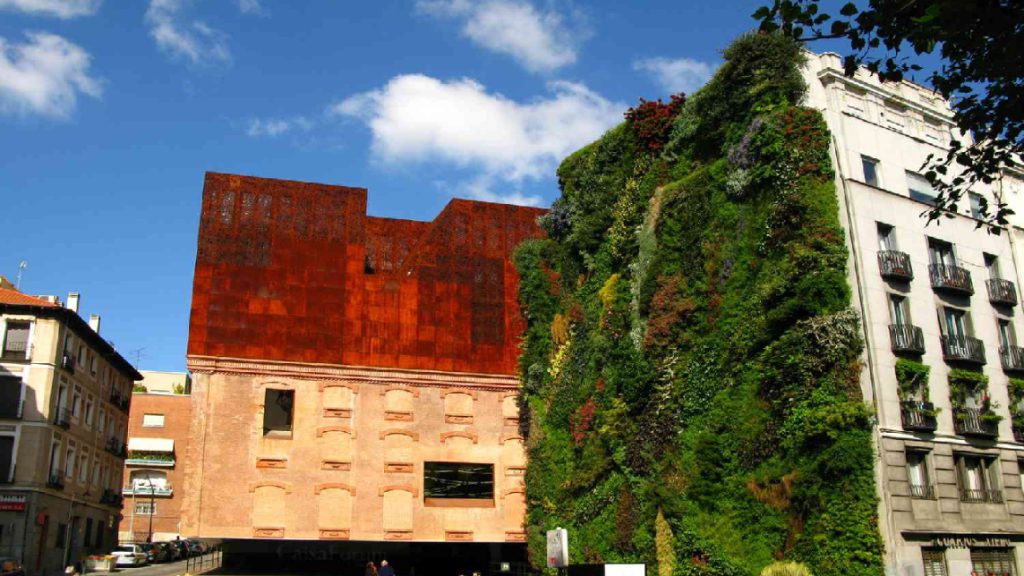
The Caixa Forum vertical garden, which was designed by landscape architect Patrick Blanc, is situated in the center of Madrid’s Paseo del Prado. The 24-meter-tall cultural center has a high vertical garden featuring 15,000 plants of 250 different kinds. The 460 square meters of the green wall are maintained by nutrients and water.
A thermal comfort zone both inside and outside the building is created by this climate-responsive structure. The Prado Museum and the botanical gardens are directly across the street. Visitors may go up to, touch, and explore the plants on the hydroponic living wall, which was built to withstand Madrid’s punishingly hot summers and bitterly freezing winters.
Chile’s New Fountain Chapel
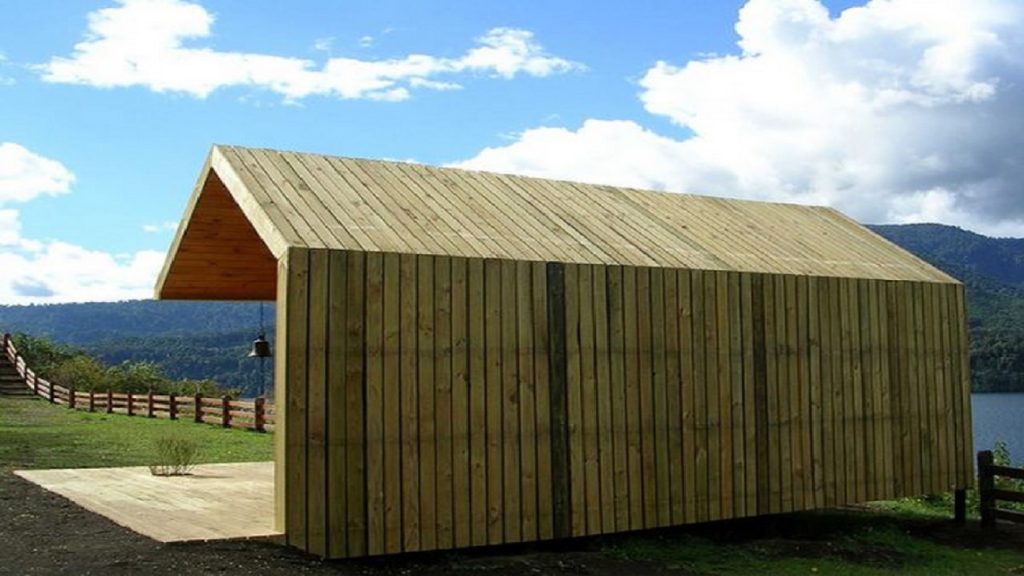
Along the edge of Lake Rupanco in Chile, architects Alejandro Dumay, Nicolás Fones, and Francisco Vergara created the New Fountain Chapel, a low-cost material installation. The 20-meter-square building, known as New Fountain Chapel, doesn’t consist any divisions or walls.
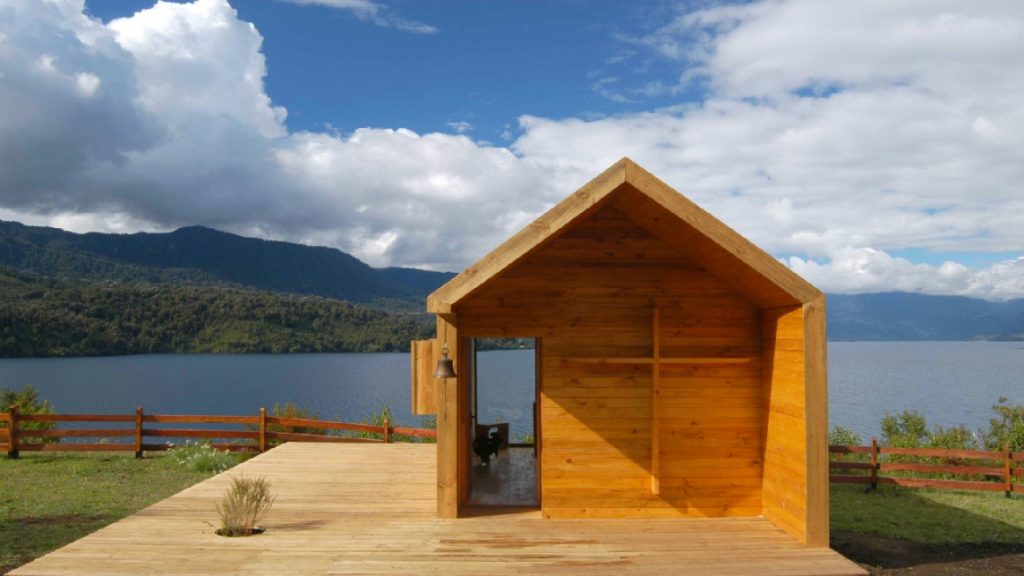
This climate-responsive structure’s walls, ceiling, and opening are all one cohesive unit covered in pinewood. Due to its size, scale, gabled roof, small windows, and porch, the chapel resembles a small cottage.
Chile’s The Barony House
The Barony House of La Baronia House, designed by DRN Architects of Quintero, Chile, has a glass and weathering steel-wrapped exterior that shields the seaside property from natural deterioration. Warm wood covers it, giving it a cozy feel and incorporating it into the climate-responsive design.
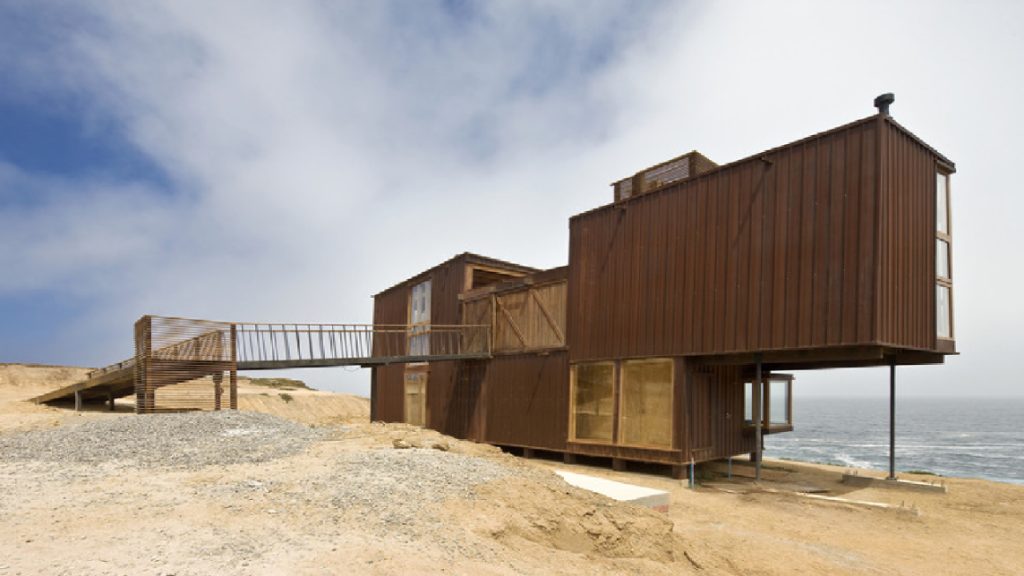
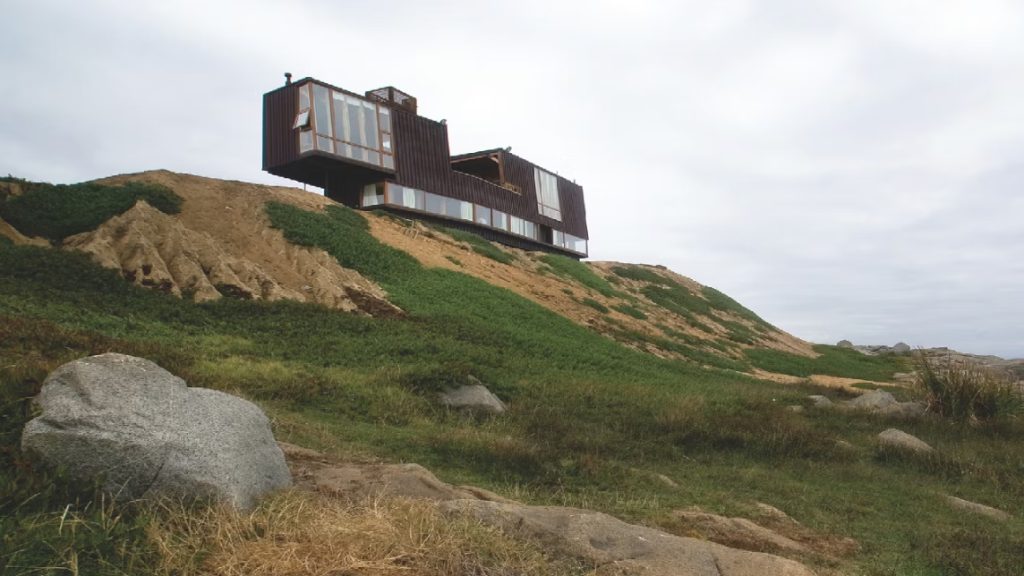
To insulate it, the interiors use wood that is repeated and varied. The building is environmentally friendly and climate-responsive thanks to the materials used in construction.
Follow and Connect with us: Twitter, Facebook, Linkedin, Instagram








